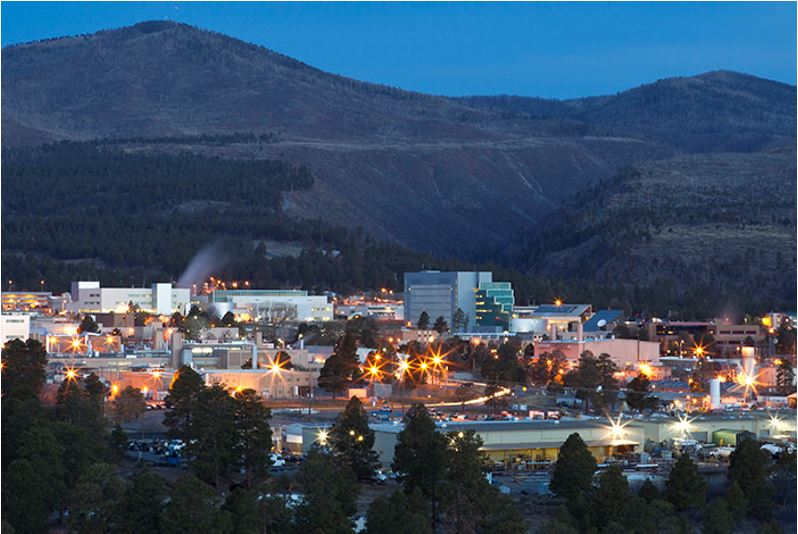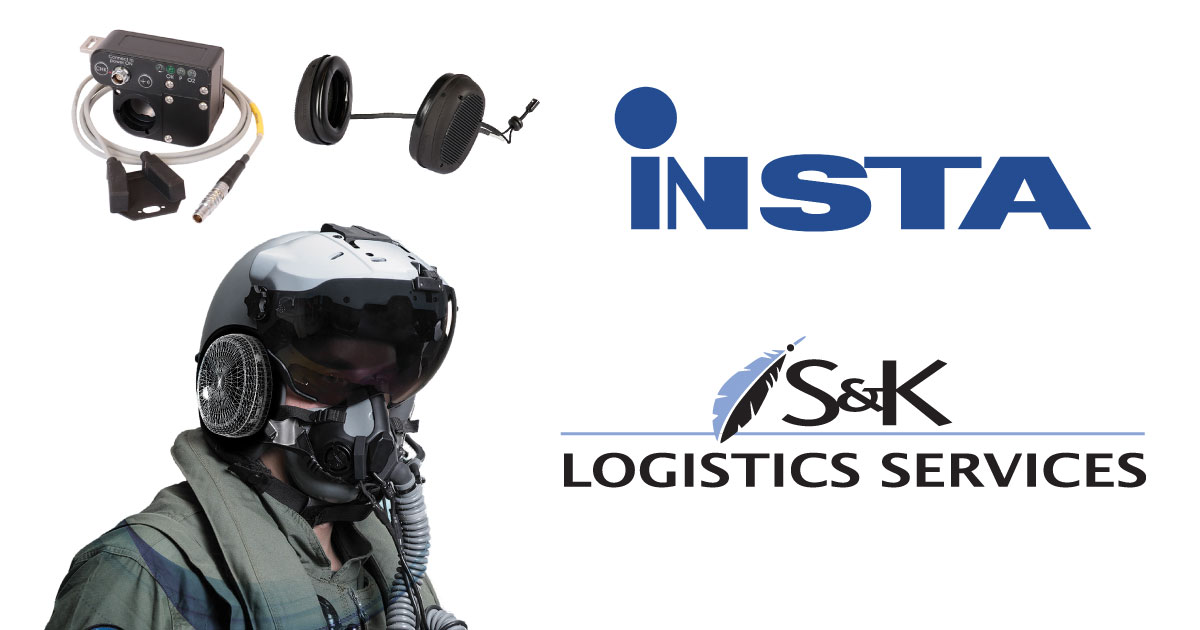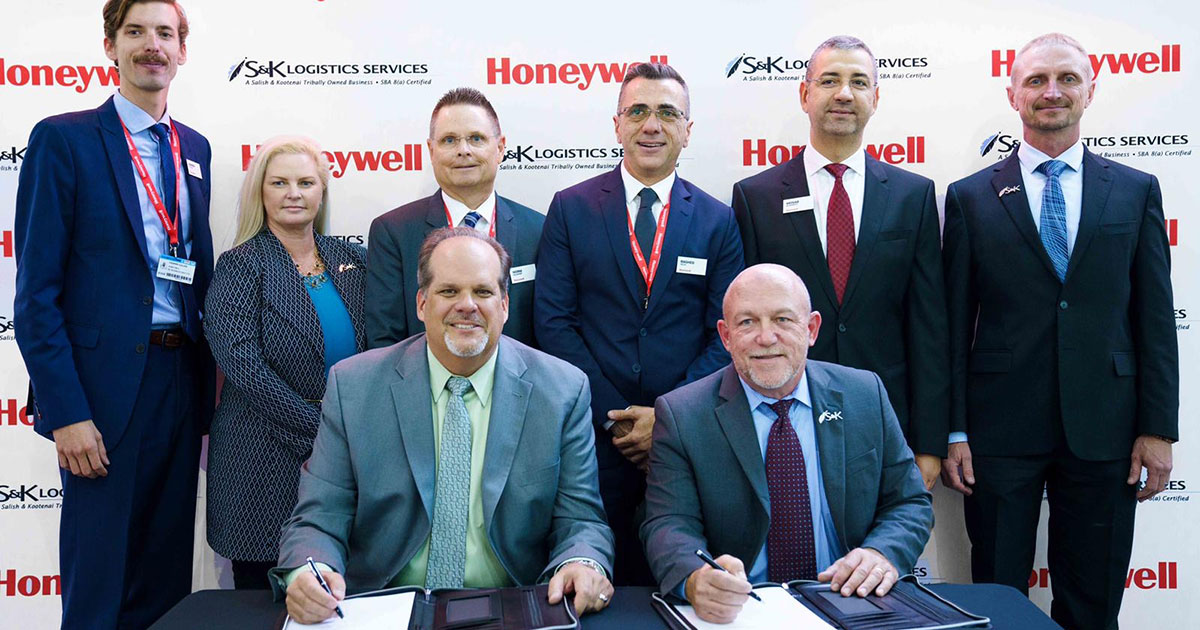
The Interesting History of Los Alamos National Laboratory
High in the mountains of northern New Mexico, about 35 miles northwest of Santa Fe, lies Los Alamos National Laboratory (LANL). Owned by the Department of Energy (DOE), LANL is one of the largest science and technology institutions in the world, covering 13 acres and employing 11,000 people.
DOE’s Office of Environmental Management (DOE-EM) selected S&K Logistics Services (SKLS) and its partner, Pro2Serve, Inc., to provide technical assistance in support of its legacy cleanup mission. This award is the largest DOE prime award at LANL in over 10 years and can be directly attributed to S&K’s reputation and project excellence on similar projects for DOE-EM at Moab, Utah and Savannah River Site in Aiken, South Carolina. The Team in Los Alamos provides comprehensive technical and business support services to DOE-EM to safely, transparently, and efficiently complete the cleanup of legacy contamination and waste resulting from nuclear weapons development and government-sponsored nuclear research.
Los Alamos was originally the site of the Los Alamos Boys Ranch School where Robert Oppenheimer had been a student as a young boy. Los Alamos was selected as the top-secret location for bomb design in late 1942 because of its remote location, controlled access, steep canyon walls for testing high explosives, and existing infrastructure.
During WWII, Los Alamos was known as Project Y, one of a series of laboratories located across the United States given letter names to maintain their secrecy. Los Alamos was the center for design and overall coordination of the bomb, while the other labs, today is known as Oak Ridge and Argonne, concentrated on the production of uranium and plutonium bomb fuels. Los Alamos was the heart of the project, collecting together some of the world’s most famous scientists, among them numerous Nobel Prize winners including Richard Feynman. General Leslie Groves and Robert Oppenheimer, a study in contrasts, successfully worked together to accomplish the Manhattan Project.
The Los Alamos area was also home to several Pueblo communities. The Pueblos trace their heritage to the Ancestral Pueblo people, whose civilization began in 1200 B.C.E. and eventually extended over much of the Southwest. The San Ildefonso Pueblo was the nearest to the project site. Its community was small and steeped in tradition. Many of its residents were avid potters, a cultural art that had been practiced there for millennia. The arrival of the Manhattan Project in Los Alamos in 1943 was believed to be a temporary “interference” by outsiders into northern New Mexico. Instead, the “lab on the Hill” has become a permanent reality for the region.
The lab’s existence was announced to the world in the post-WWII era when it became known universally as Los Alamos. The lab was focused on a wide variety of bomb designs but, with the ending of the Cold War, turned its focus increasingly to civilian missions. Today, Los Alamos is responsible for nuclear weapons stockpile stewardship. LANL’s mission also includes nuclear nonproliferation and counter-terrorism, particle accelerator developments, health physics, fusion power research, and significant super-computing capabilities. Notably, in the field of health research, LANL recently made breakthroughs on a potential HIV/AIDS vaccine and cancer detection and treatment technologies.
The Manhattan Project’s research and development efforts left an environmental legacy. DOE-EM is responsible for legacy waste treatment, storage, and disposition; soil remediation including removal and disposition of buried waste; protection of the regional aquifer; and demolition, deactivation, and disposition of unneeded facilities.
Legacy Waste – DOE-EM is dedicated to packaging, shipping, and disposing of legacy waste – low-level, mixed low-level, and transuranic (TRU) waste – from LANL. The most challenging legacy waste at LANL is TRU, which is currently stored at Area G, located on a mesa 1.3 miles north of the residential community of White Rock and about 600 feet west of the San Ildefonso Pueblo boundary with LANL. Opened in the late 1950s, Area G is also the primary facility at LANL that characterizes and remediates TRU waste drums and oversized waste containers.
In recent years, over 4,000 above-ground TRU waste containers have been shipped offsite from LANL and are now in the long-term disposal. A top environmental priority for the DOE and the State of New Mexico is the safe and efficient removal of the remaining TRU waste stored above and below ground at Area G.
Soil and Groundwater – Legacy soil and groundwater remediation activities at LANL are conducted in accordance with regulatory requirements, DOE regulations, and other applicable environmental laws. The scope of work requires investigation and remediation of contaminated sites known as solid waste management units or areas of concern. The protection of surface water and groundwater is also within the scope of this legacy cleanup. Activities are prioritized to eliminate or reduce human health and ecological risks by addressing the highest-risk sites first.
Deactivation and Decommissioning – DOE-EM is committed to demolishing, deactivating, and disposing material from historical buildings at LANL. Current efforts are focused on Technical Area 21 (TA-21), one of the early sites of the Manhattan Project and Cold War-era work conducted at LANL. TA-21 was the location of the world’s first plutonium processing facility and where groundbreaking tritium research took place. Buildings such as a warehouse and a sewage treatment facility have been demolished and approximately 10 slabs and structures remain to be removed prior to land transfer. Upon their removal and the complete remediation of TA-21, the land will be transferred to Los Alamos County.
“Our S&K and Pro2Serve Team is proud to be a part of restoring and preserving the beauty and majesty that is New Mexico.” Jessica Moseley, Program Lead.





